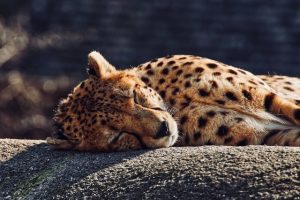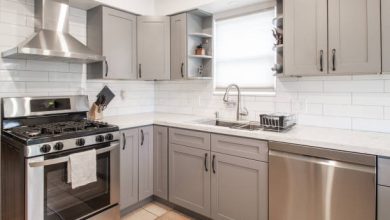WILDLIFE PHOTOGRAPHY TIPS

The strong appearance of wild animals living in the fields and watersides shows us the “power to live”, impresses and discovers, and teaches us the importance of living. The reason they are fascinated by their appearance in the harsh natural environment is that they have something that we are forgetting.
Here are some tips on how to photograph their natural appearance and how to approach them with as little impact on their lives as possible.
Since DSLRs became available, more and more enthusiasts have taken up wildlife photography. Today’s article provides some easy-to-follow tips for enhancing wildlife photography.
Know your equipment
The truly, action-packed wildlife photography averages 5 to 20 seconds. If you are not very familiar with the camera settings or the capabilities of the selected lens, you will either miss that shot or ruin the images.
Here’s what’s important to know
- the fastest shutter speed at which you can get a sharp image with a combination of camera and lens
- any additional fields that stabilization gives you in the camera or the lens
- how to quickly switch among points and shoot or focus modes
- how you can set the ISO on your camera and still get suitable results
You need to be able to make most, if not all, of the required subject adaptation without taking your eyes off the viewfinder.
The action you see between the tigers in the next image lasted the entire 10 seconds, although the photographer spent over an hour with them.
Know the wilderness

Since much of wildlife footage is based on take pictures momentary of nature, it pays to predict the behavior of your subject in advance. There are patterns of behavior inherent in every animal species.
Now there is only one way to experience wildlife: spend time with it. Don’t just linger for a few sec and go on looking for another object if the one you are observing or Capture does not bear fruit. Watch the wildlife and wait.
Know the rules for photographing wildlife; break the rules of wildlife photography.
Consider the correct disclosure and use of the histogram and creating the right compositions using the rule of thirds are all important to take root in your subconscious mind. You need to instantly correctly capture a fleeting moment.
Much attention is paid to eye contact with the subject, as this brings the image to life. In the case of bird photography, the angle of the head concerning the camera’s image sensor should be at least perpendicular to it. Ideally, should rotate it a few degrees towards the sensor. The image below, for example, follows the strict compositional principles of the rule of thirds.
Once you know the “rules” and guidelines, you can start breaking them. You don’t want your photos to always look like standard images, in some ways even “ordinary” ones.
Lighting
Stick to the hours of golden light. means getting up early in the morning and being in the field until sunrise, and going outside during the day to make the most of the last hours of sunlight. At noon (mostly between 11:00 and 16:00), the light is usually harsh and deprives images of the glow they need. An exception is cloudy days when the clouds act as a massive softbox and filter the light evenly.
Often we find ourselves in a position where the light is not perfect or, God forbid, the light is good, but from the wrong direction (and we cannot move to a better place). The good news is that light from the wrong direction can add mood to an image. Shooting against the light is challenging, but you can get some pretty interesting images with less than ideal lighting if you stick to the first tip (knowing your equipment). The image below is one such photo.
Shoot wider; shoot closer.

Too many wildlife photographers become obsessed with having the longest / largest lens possible. But it all depends on the location, as you may need more than 600mm to get at least some image in certain open spaces.
But the problem has more to do with our obsession with getting as close to the animals as possible and completely isolating them from the environment. The result is often an image that looks like the subject is free, with a perfectly smooth background and no idea of the real environment the animal is in. Instead, challenge yourself to shoot from a wider angle to give the viewer a better idea of where you took the shot.
The more, the more fun
In wildlife photography, one is the company, and two are often the crowd, especially when it comes to food or shelter. If you have a good overview of more than one member of the species, hold on for a while!
How low can you sink?
Try to get your perspective at eye level (or even lower if you can). brings the viewer of your image directly into the scene and allows them to see the world from the subject’s point of view. Something that counts as eye level is relative (you will almost always be in a lower viewing angle than a giraffe, for example), but you get the idea. Always be aware of the limitations of your environment.
Content-technical dichotomy
Every tourist wants to see a large wild animal. But if you’ve ever spent time among, for example, wild lions during the day, you know that they are bad models – they sleep up to 20 hours a day. Conversely, there can be excellent opportunities to photograph the impala, which is the most common ungulate.
Look for great features no matter the look in good lighting!
Notice the contrast between these two images: a gracefully leaping impala and a “standard” portrait of a male lion, both in good lighting. Which one do you prefer?
Let’s take a second example. Proteins. The top squirrel is chewing on something in a pleasant soft light and at a nice low angle in the images below. And below, the mother carries her child at an unreliable height along a large branch at speed, holding on to him with all her might.





